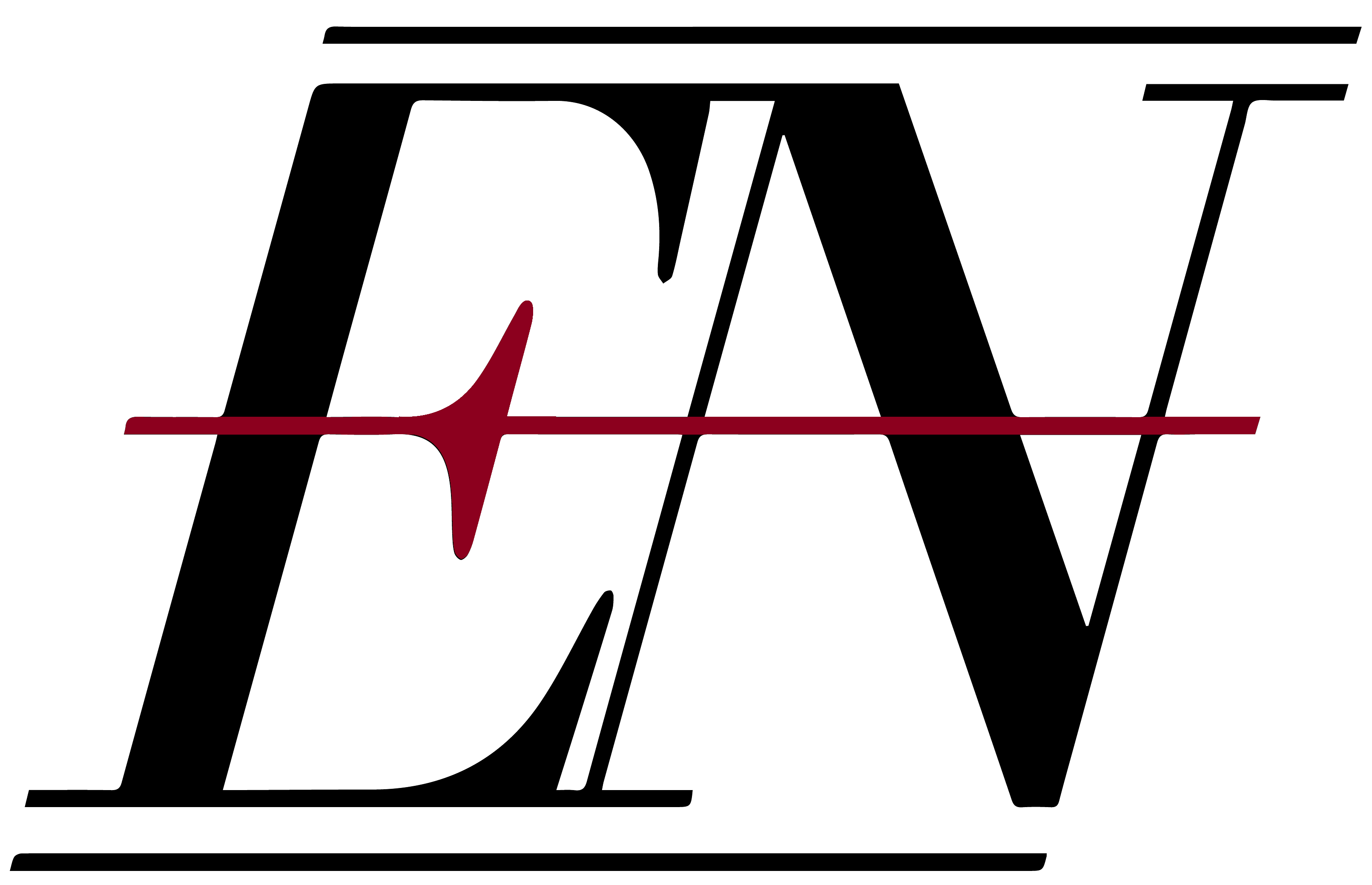Mass
Programme Note
Mass takes as its starting point the idea of the paraphrase mass, a Renaissance genre in which existing pieces of music were used as the basis of the composition of a mass. In the present piece, I have made reference to a large number of different composers. Sometimes this takes the form of literal quotations, such as the figure at the opening of ‘Der Leiermann’ from Schubert’s Winterreise which appears at several points; sometimes the references are much more abstract, such as the ostinato-based organ interlude, which suggests the (also ostinato-based) organ interlude in Janacek’s Glagolitic Mass. The other composers referenced are Britten, Palestrina, Ravel, Schoenberg and Wagner. Knowledge of these references, however, is at no point essential to an understanding of the music, which is intended to cohere on its own terms.
A substantial Mass, which brings together a Renaissance-inspired transparency of texture, use of the medieval technique of hocket, though at a very slow pace, and, especially in the Gloria, highly florid and technically demanding solo writing (superbly dispatched by soprano Ruby Hughes). There is much interesting textural writing to be heard throughout the work, but this is never gratuitous ‘atmosphere’; there is always a sense of a larger narrative. Indeed, Nesbit is also an assured melodist, an important element in this. (Ivan Moody, Gramophone Editor’s Choice, May 2022)
Edward Nesbit’s…music grabbed my attention from the first note of the substantial five-movement Mass setting for solo soprano, choir and organ (including a virtuosic solo organ interlude)…It is highly original and brilliantly crafted, drawing on archaic techniques and complex ornamentation to create a soundworld that seems to blend renaissance counterpoint with Middle Eastern cantillation, yet never seems artificial or backward-looking. The long Gloria, prominently featuring the soprano soloist (Ruby Hughes on majestic form) and punctuated by some intriguing percussive effects on the organ, is particularly powerful; taken as a whole, the Mass is simply stunning. (Clare Stevens, Choir and Organ, July 2022)
Delightful organ works by Edward Nesbit and Ben Comeau both displayed strong musical profiles – which is often not the case on such occasions, when organ interludes are used as generically contrasting material while the choir takes a break. (Judith Weir, www.judithweir.com, 12th January 2016)
In the Mass…a central organ interlude played by Joshua Simões, veers crazily between manic jazz and chordal Messiaen, a shot in the arm amid the velvety choral writing and soaring soprano solos of Ruby Hughes. (Ken Walton, The Scotsman, 24th March 2022)
The Mass is unique in so many ways and demonstrates a promising voice in British music (Gary Higginson, MusicWeb International)
Media
Recording with Ruby Hughes, Joshua Simoes and The Chapel Choir of King’s College London conducted by Joseph Fort available on Delphian Records.
Performances
23rd July 2022
Ruby Hughes (Soprano), The Choir of King’s College London, Joseph Fort (Conductor)
Inside Music, BBC Radio 3
16th November 2018
Raphaela Papadakis (Soprano), Matthew Jorysz (Organ), The Choir of King’s College London, Joseph Fort (Conductor)
KCL Chapel
12th January 2016
Ben Comeau (Organ)
St. Paul’s, Knightsbridge (Interlude)
